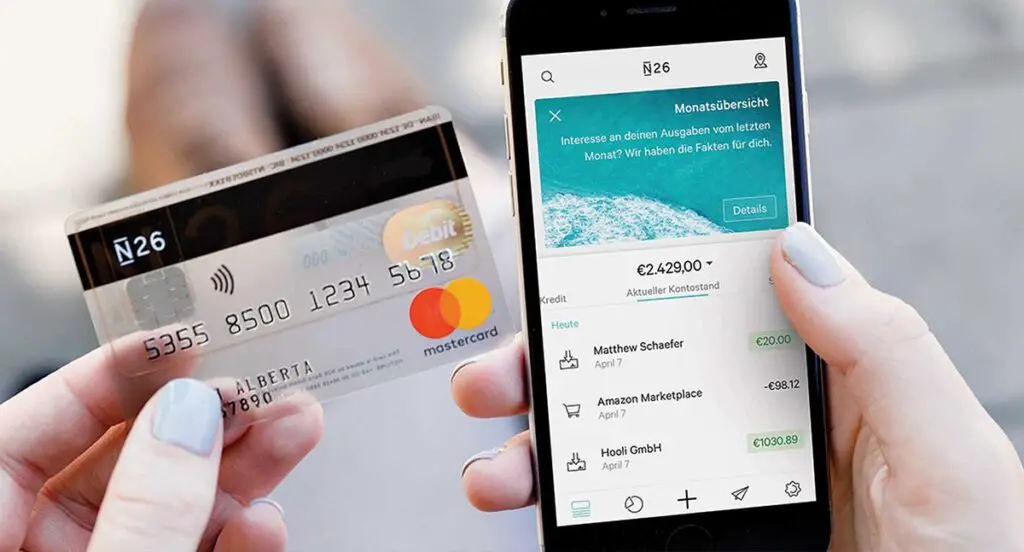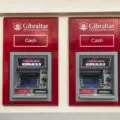Last Updated on May 10, 2023 by QCity Editorial Stuff
Yes, the bank has the ability to track the usage of your debit card. Each transaction made using your card leaves a digital footprint that can be traced back to the merchant or vendor where the transaction occurred. The bank can then investigate and determine whether the transaction was authorized or not. They will also be able to identify the location and time of the transaction.
How Banks Process Debit Card Transactions

- Authorization: When a customer makes a purchase with their debit card, the transaction is authorized by the bank. The bank verifies that the customer has enough funds to cover the purchase and approves or denies the transaction.
- Clearing: Once a transaction is authorized, the merchant sends the information to their bank, which then sends it to the customer’s bank for payment. The customer’s bank deducts the funds from their account and sends them to the merchant’s bank.
- Settlement: The merchant’s bank deposits the funds into the merchant’s account once they receive them from the customer’s bank. This process can take several days, depending on the banks involved in the transaction.
- Fraud Detection: Banks have tools in place to detect and prevent fraudulent transactions. They monitor customer accounts for suspicious activity, such as unusual purchases or account logins from foreign countries.
- Card User Identification: Banks can also identify customers by their debit card activity, such as the locations they make purchases or the types of purchases they make. This information can help banks prevent fraud and provide better customer service.
How Banks Identify Debit Card Users
Banks have the ability to trace transactions and identify debit card users through various methods. Here are some ways that banks use to track users:
- By tracking cell phone locations: Banks have started tracking their customers’ cell phone locations to prevent credit card fraud. By using this technology, they can determine whether the transaction is happening away from the card owner’s location, which could be a high indicator of potential fraud.
- Through their banking app usage: Bank executives believe it is easier to include an allowance for tracking in terms of service for banking apps. Customers agree to allow access to their data upon downloading the app, which includes tracking their activity and transactions.
- By analyzing transaction data: Banks analyze transaction data to identify patterns that could indicate fraudulent activity. They look for unusual spending patterns, excessive purchases, and purchases in foreign countries.
- By using biometric technology: Some banks are using biometric technology, such as facial recognition or fingerprints, to identify customers when making transactions. This not only helps prevent fraud, but it can also provide a more efficient and secure way for customers to access their accounts.
Bank’s Access to Transaction Data
Banks have become increasingly interested in tracking their customers’ cell phone locations to help prevent credit card fraud. By monitoring users’ phones, banks can detect when a transaction occurs in a location that is far from the credit card owner, which could indicate potential fraud. This service has been found to significantly reduce fraud in pilot tests, and it will be opt-in for customers. US Bancorp is one of the first banks to make use of this tracking on a large scale. Other banks, such as Discover Financial Services and USAA, are also considering launching similar services. However, this tracking requires customers to hand over more of their personal data to giant corporations. Bank executives believe it would be easier to include allowances for such tracking in the terms of service for banking apps. This tracking could ultimately help banks save money by reducing fraudulent charges and preventing customers from having their cards declined while traveling.
Cases When Banks Cannot Identify Debit Card Users
Banks have technology and processes to identify debit card users, but there are some cases when they cannot pinpoint a specific user. One such instance is when a debit card is used at an ATM that is not owned by the card-issuing bank. In this case, the ATM transaction processing network may not have the identity of the cardholder and will only record the transaction’s location, time, and amount. Another example is when a debit card is used for online transactions where the user’s identity may not be verified, especially if the transaction occurs through an unsecured website or payment gateway. In this case, the bank can only see the transaction’s details, but not the user’s identity. In general, banks follow strict procedures and guidelines to ensure the security and privacy of their customer’s financial information, but there are limitations to their ability to identify debit card users in certain scenarios.
Preventing Unauthorized Transactions of Debit Cards
Preventing unauthorized transactions on your debit card is essential to avoid losing your hard-earned money. Be vigilant in monitoring your account and report any suspicious activity to your bank immediately.
- Sign up for online banking and banking alerts to track your transactions and get notified of any unusual activity.
- It is best to avoid using public Wi-Fi and websites that are not secure when accessing your account online.
- Use ATMs from trusted sources and be cautious of skimming devices that can steal your card information.
- It is also important to shred old debit card receipts and statements before disposing of them.
- Another way to prevent unauthorized transactions is to avoid sharing your PIN and card details with anyone, and only use your card for trusted purchases.
By taking these precautions, you can protect your debit card from fraud and enjoy safe and secure transactions.
Conclusion
The ability of banks to trace transactions and identify debit card users is an important aspect of fraud prevention. While individual banks may have their own procedures for conducting investigations, they are required to follow established guidelines set by the major card networks. It can be difficult for customers and merchants to navigate the investigation process, as there are many different types of fraud and disputes that may fall under the umbrella of credit card fraud.
References:
https://time.com/4247847/banks-tracking-cell-phone-fraud/
https://www.chargebackgurus.com/blog/transaction-fraud-investigations






